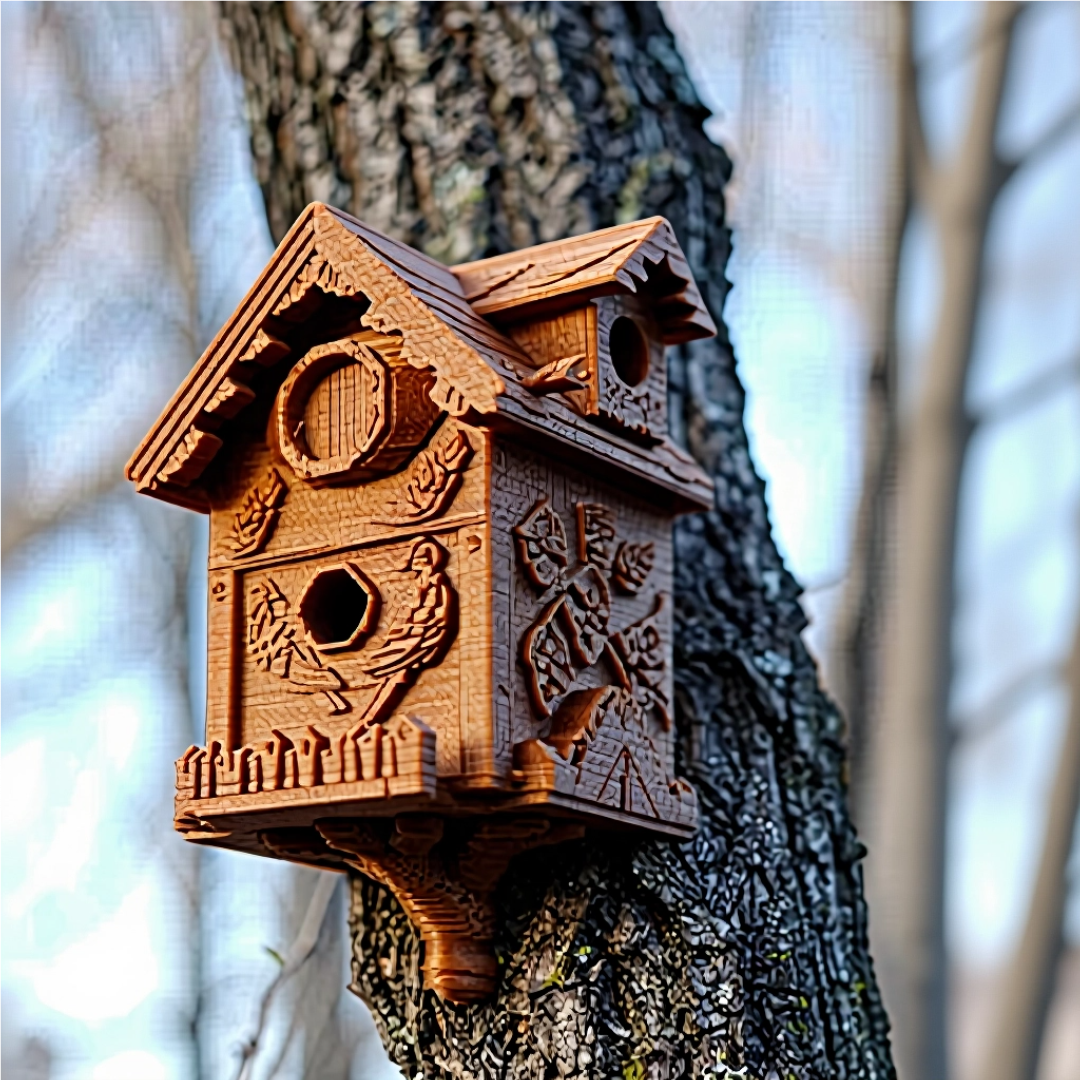Comparative Analysis of 3D Printing Filaments
Comparative Analysis of 3D Printing Filaments: Bambulab, Creality, Raise3D, Overture, and BASF

The world can be a very confusing place especially when you have a product that you want to produce or you may already have a 3D Printer, but when you start to look for the right materials to use there are so many different brands.
I know it can be confusing to know which is the right material and also which is the best brand to use. The manufacturing of 3D print materials is not properly regulated, so there is no minimum standard for producing the materials to a high quality.
So to be able to find the right material for your project that will produce a quality product the first time can take a lot of time and money to get right.
So to try an offer some help I put together some data across some of the most common materials that we get requests for and compared those across some of the better brand names that we have used in the past.
Let us have a look at some of these in more detail:
Mechanical Properties of Filaments
The mechanical properties of the filaments from the specified brands are presented in the table below. The data includes tensile strength, modulus, elongation at break, and impact resistance where available.
| Material | Brand | Tensile Strength (MPa) | Modulus (MPa) | Elongation at Break (%) | Impact Resistance (kJ/m²) |
|---|---|---|---|---|---|
| PLA | Bambulab | 60 | 3500 | 6 | - |
| Creality | 55 | 3600 | 5.8 | - | |
| Raise3D | 58 | 3400 | 6.2 | - | |
| Overture | 57 | 3550 | 5.9 | - | |
| BASF | 65 | 3700 | 4.5 | - | |
| PETG | Bambulab | 50 | 2100 | 8 | - |
| Creality | 48 | 2050 | 7.8 | - | |
| Raise3D | 52 | 2200 | 8.2 | - | |
| Overture | 49 | 2150 | 7.9 | - | |
| BASF | 55 | 2300 | 6.5 | - | |
| ABS | Bambulab | 45 | 2400 | 20 | 39.3 |
| Creality | 42 | 2300 | 19.5 | 35 | |
| Raise3D | 46 | 2450 | 21 | 38 | |
| Overture | 44 | 2350 | 20 | 37 | |
| BASF | 47 | 2500 | 19 | 36 | |
| TPU | Bambulab | 32 | 700 | 450 | - |
| Creality | 30 | 680 | 440 | - | |
| Raise3D | 34 | 720 | 460 | - | |
| Overture | 31 | 710 | 450 | - | |
| BASF | 35 | 750 | 430 | - | |
| Nylon | Bambulab | 70 | 1800 | 60 | - |
| Creality | 68 | 1750 | 58 | - | |
| Raise3D | 72 | 1850 | 62 | - | |
| Overture | 69 | 1800 | 60 | - | |
| BASF | 75 | 1900 | 55 | - | |
| Carbon Fiber | Bambulab | 110 | 7000 | 2.5 | - |
| Creality | 105 | 6900 | 2.3 | - | |
| Raise3D | 112 | 7100 | 2.7 | - | |
| Overture | 108 | 7050 | 2.6 | - |
As the table above shows the same material across different supplies will have varying mechanical properties and it is important that we choose the correct material with the type of properties that will meet the needs of the project.
- PLA: All brands show similar mechanical properties, with BASF slightly outperforming others in tensile strength and modulus.
- PETG: BASF again leads in tensile strength and modulus, indicating a tougher material compared to other brands.
- ABS: While all brands have comparable properties, Bambulab shows slightly higher impact resistance, useful for applications needing durability.
- TPU: Mechanical properties are relatively consistent across brands, with BASF showing slightly higher tensile strength and modulus.
- Nylon: BASF shows the highest tensile strength and modulus, indicating its superior mechanical performance.
- Carbon Fiber: BASF’s carbon fiber filament demonstrates the highest tensile strength and modulus, suitable for high-strength applications.
- ASA: Bambulab and Raise3D filaments exhibit slightly better impact resistance and tensile strength, suitable for outdoor and UV-resistant applications.
The comparative analysis shows that while there are minor differences in the mechanical properties of filaments from different brands, BASF consistently offers slightly superior performance across various material types. This information is critical for selecting the appropriate filament based on the specific requirements of a 3D printing project.












